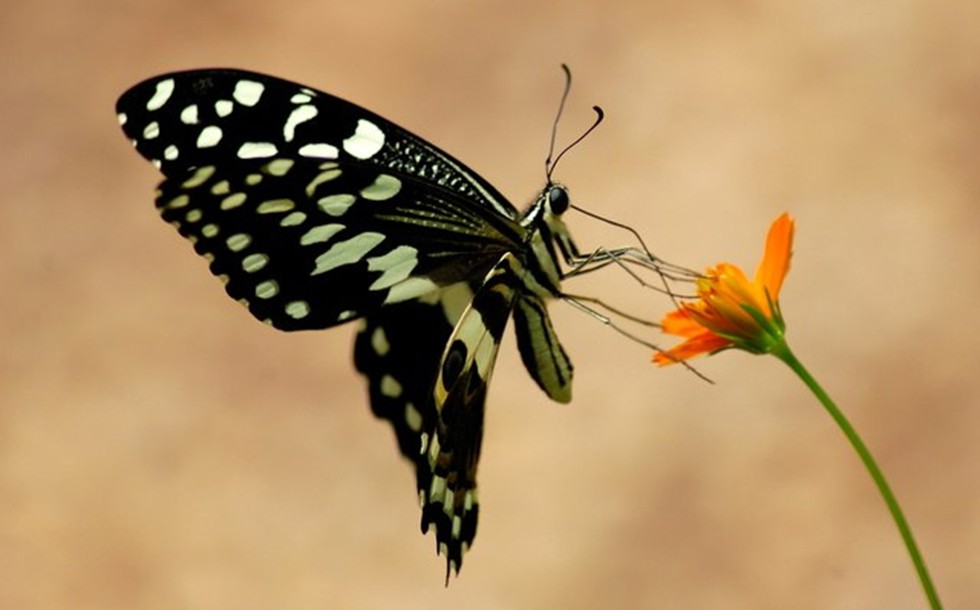Jozani Chwaka Bay National Park is the only /sole national park on Zanzibar Island National Park. It’s a small (approximately 50 square kilometers) but lovely and peaceful area to visit. It is one of the most important tours to take. The national park cover the forest known as the Jozani forest which is home to populations of the Zanzibar red colobus monkey (an endangered species found only on Zanzibar), as well as other monkey species, bush babies, duikers, and more than 40 different bird species.
The forest is a wonderful source of natural cures and a natural pharmacy. Every plant or tree has the ability to heal. The lovely part about the Jozani forest tour is the incredible height of the trees and palms. The park’s entrance gate and information center (together with a tiny cafe and a few artisan shops) are located 35 kilometers southeast of Zanzibar Town, on the road to Paje. The majority of visitors come on a guided trip, although you can also take bus 309 or 310 from Paje or Zanzibar Town.
For your protection and the safety of the monkeys and other wildlife species in the park, it is recommended to observe/ view them from a distance of no more/less than 3 meters. Aside from the risk of getting bitten, there’s concern that if the monkeys contract a human ailment, it may quickly wipe off the already endangered population.

Wildlife in Jozani national park
The area/ park is known for its uncommon Red Colobus Monkeys and, even the Zanzibar Sykes’ Monkey, an extremely rare monkey species found only on Zanzibar. You may also observe bush babies, 50 different types of butterflies, and 40 different species of birds, in addition to the Red Colobus Monkeys.
The species was once considered endangered (the Zanzibar red colobus monkey), but in recent years, its numbers have increased. There are now between 2,000 and 2,500 monkeys in the area. They are wild, but you can go near them and they will continue with their daily activities as if humans didn’t exist, they are wonderfully comfortable and unobtrusive. The elusive Zanzibar leopard hunt and graze at these rarely species at night, which could explain why the area is only open/ accessible during daylight hours. On the other hand, the park is bordered by a mangrove region. There are several medicinal plants and trees that are utilized as natural treatments. On the mangrove swamp boardwalk, there is no need for a guide because the boardwalk only leads one way.
Tourism activities/what to expect on the Jozani forest tour
Wildlife viewing-The magnificent Red Colobus Monkeys may be seen in Jozani Forest, which is well worth a visit. Keep a look out for some of the forest’s denizens as you walk the park’s network of nature trails. In addition to the colobus monkey, there are Sykes’ monkeys, bush pigs, tree hyraxes, and Ader’s duiker, as well as more than 40 bird species, including a Fischer’s turaco with unusually colored wings can be observed. The woodland is also said to be home to the elusive leopard, although there haven’t been any confirmed sightings in decades.
Two groups of habituated red colobus monkeys, which are no longer perturbed by the presence of people, may usually be found at one location in particular. As a result, they go about their daily lives with little regard for the humans peering up from below, making it an excellent location for pictures.

Follow a boardwalk deep into the mangrove swamps in the south of the forest to learn how this remarkable ecosystem protects the Zanzibar shoreline. The Jozani Forest Tour works nicely with two other half-day trips–the Princess Salme Spice Tour and/or the Jambiani Village Tour–to give you a comprehensive overview of this ancient spice island.
To conserve the species, walking off the pathways without an authorised guide is prohibited. Visitors can walk through the woodland on a network of several natural pathways. The main route starts at the park’s entrance and lasts an hour if you take it slowly. A mangrove boardwalk allows travelers to have a closer look at the unique mangrove habitat, which can be quite enjoyable. Apart from other Zanzibar attractions, Jozani Forest is an excellent spot to recharge and is the closest you can get to nature.
What to Do After you Jozani forest tour?
Because the tour only takes approximately 2 hours in total, you can continue to Zanzibar’s south-eastern region. The closest settlement is bustling Paje which has beautiful beaches, followed by peaceful and secluded Bwejuu. If you want to see a famous rock restaurant then add an hour and a half to your trip and go to Michamvi Village for spectacular sunsets, a (very pricey) supper in a rock restaurant, or just a selfie in front of the rock.

